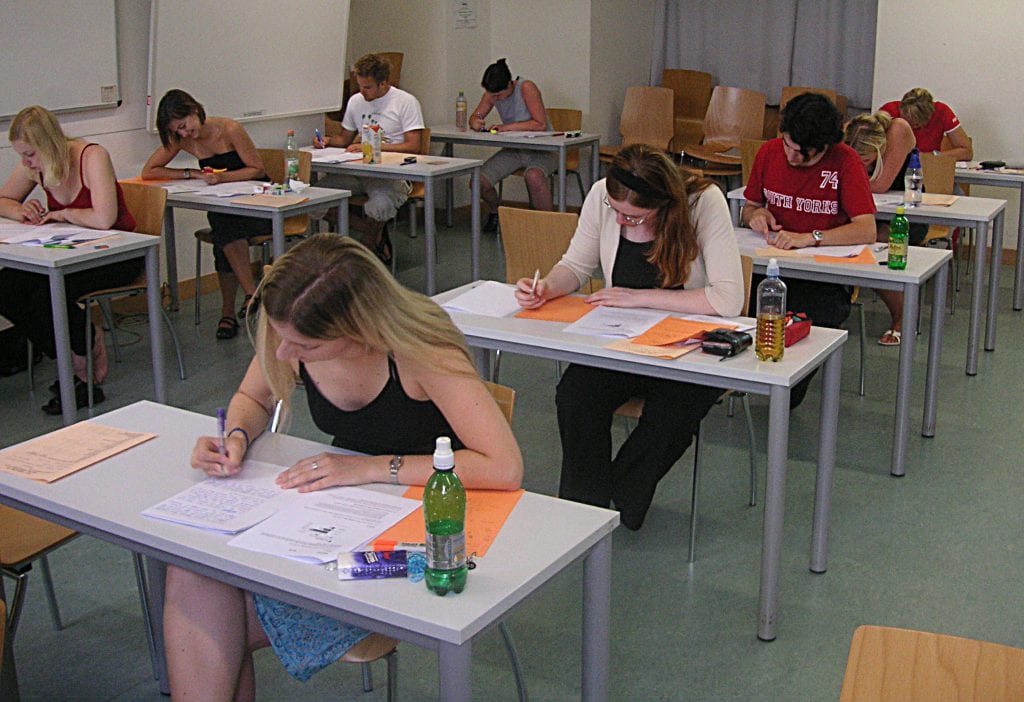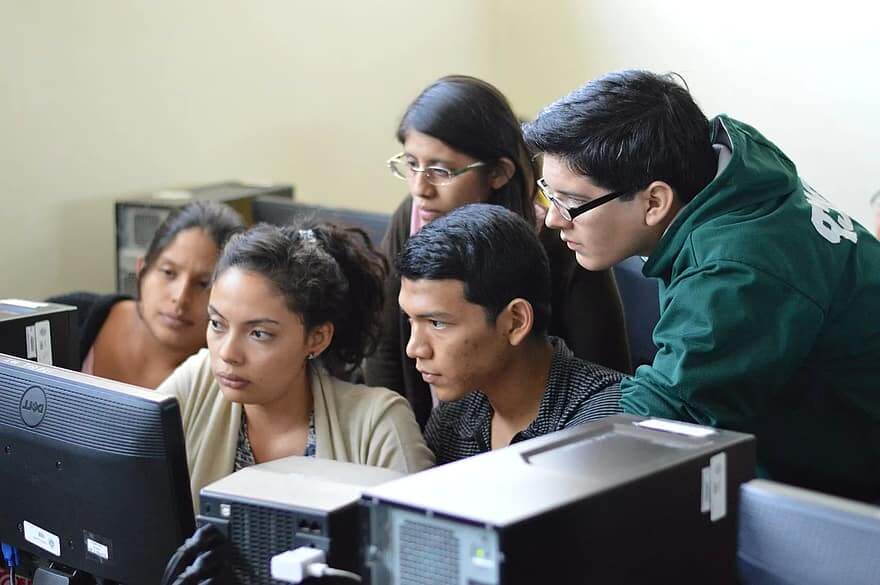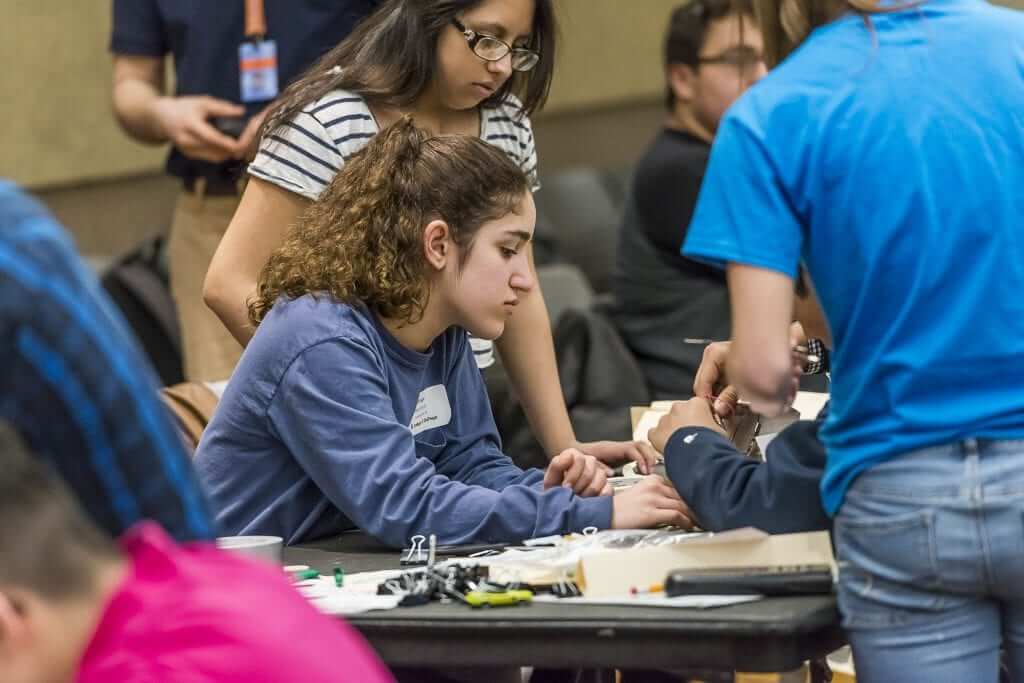
By the end of Year 11 we know almost exactly how well New South Wales students will perform on the state’s senior school exams. We used predictive analytics to reliably predict a student’s HSC (Higher School Certificate) results in a study of more than 10,000 students.
Predictive analytics links multiple data sources about student progression through school. These sources synthesise different kinds of data to reveal current trends and predict future performance.
A recent report into pathways for senior secondary school students, by the Education Council, notes: “Academic achievement is important but not the sole reason for schooling. We need to focus more on preparing the whole person, no matter what career path they choose.”
We believe predictive analytics gives us a way to replace the current Year 12 structure with one more personalised, and that will help prepare the whole student for their journey into the future.
Ten years of data
In our study – the results of which are yet to be published – we analysed ten years of data across 14 HSC subject areas, for about 10,000 students. We started by analysing 41 variables over a child’s educational career. These included a student’s gender, marks across the decade and number of siblings.
But we found we only needed 17 of the 41 variables to accurately predict Year 12 performance. These included a student’s demographic information (such as how long he or she has lived in Australia and the school’s socioeconomic index), Year 9 NAPLAN scores in all areas, their HSC subject choices at the beginning of Year 11 and Year 11 attendance.
Using these variables, we could remarkably predict a student’s HSC scores. The predictions are 93% accurate (within an error margin of 3%).
For example, if a student chooses English Advanced in Year 12, he or she likely did well in the reading and writing areas of the Year 9 NAPLAN.
If the same student’s (who did well in Year 9 NAPLAN) attendance is above 90% and we factor in their demographic information, we can tell them their HSC mark in English Advanced before they take the course and the exam.
READ ALSO: Why the Australian Govt’s uni fee shake-up won’t create the desired shift

Likewise, if a student has low numeracy results on their Year 9 NAPLAN and plans to take Chemistry and Mathematics Advanced in Year 12, they aren’t going to do well on the HSC in those areas. The Year 9 NAPLAN numeracy criteria dominates the other variables.
Our research tells us we know enough about each student by the end of Year 11 to help direct them into the pathway that best aligns to their current strengths. It also tells us we need to provide a different kind of Year 12 experience — one that boosts students’ chances for success in areas they are passionate about or interested in.
Of course, the science of predictive analytics isn’t perfect. Our study shows some students do improve their academic achievements throughout Year 12 and score higher than expected on the HSC exams (no more than 7%). But for an increasing number of students, the HSC and the process leading towards it are barriers to active engagement in education at a pivotal transition period.
So, what does all this mean?
End of school exams and the resultant ATAR are often presented as make-or-break milestones. Students preparing for the exams suffer increased anxiety and stress beyond what is normal. The process is unnecessarily debilitating for many young people.
The purpose of the HSC is to use the cumulative exam results to convert to a tertiary admission ranking (ATAR) that is used to facilitate university entry. But our data reveal we don’t need the current Year 12 to determine the HSC results and therefore the ranking. And for those who do not have university aspirations, the HSC is already irrelevant.
There are now multiple ways to be accepted into university, including early offers, portfolios and principal recommendations. These make the HSC increasingly redundant.
A Productivity Commission report showed almost one fifth of Year 10 students in 2010 didn’t complete Year 12 by 2012. And the perpetuation and widening of equity gaps due to the realities of the senior years of high school are staggering. A 2015 Mitchell Institute report found about 40% of Australia’s poorest 19 year olds don’t finish Year 12, compared with about 10% of the wealthiest.
The challenge we face is to make the senior year more relevant in preparing students for their next steps.

A new Year 12 design
We propose to dramatically revise Year 12 with the help of predictive analytics.
Our proposal is to allow flexibility for each student to get ready for the next phase of their learning during Year 12. This includes opportunities to use Year 12 to engage in real-world projects, formal apprenticeships, TAFE or university certificates, study abroad (when that can occur again safely), going deeper into advanced courses of interest and providing new supports to promote success without dumbing things down.
All of these are currently the exception rather than the rule. Through these experiences, Year 12 students can build unique evidence about their skills, knowledge and passions that take them into their futures.
Instead of using Year 12 to prepare for the exams, students can use it for broadening their experiences and honing in on life and career aspirations. This approach refocuses the final year to an individualised journey that better prepares young people for Year 13 — whatever that may be for them.
John Fischetti is a Professor, Pro Vice Chancellor of the Faculty of Education and Arts, and Dean/Head of School of Education at University of Newcastle.
Maxwell Smith is a Professor at University of Newcastle.
Raju Varanasi is a Doctoral candidate at University of Newcastle.
This story was first published in The Conversation. Read the original here.
READ ALSO: Six reasons why high school students should never return to school full-time




